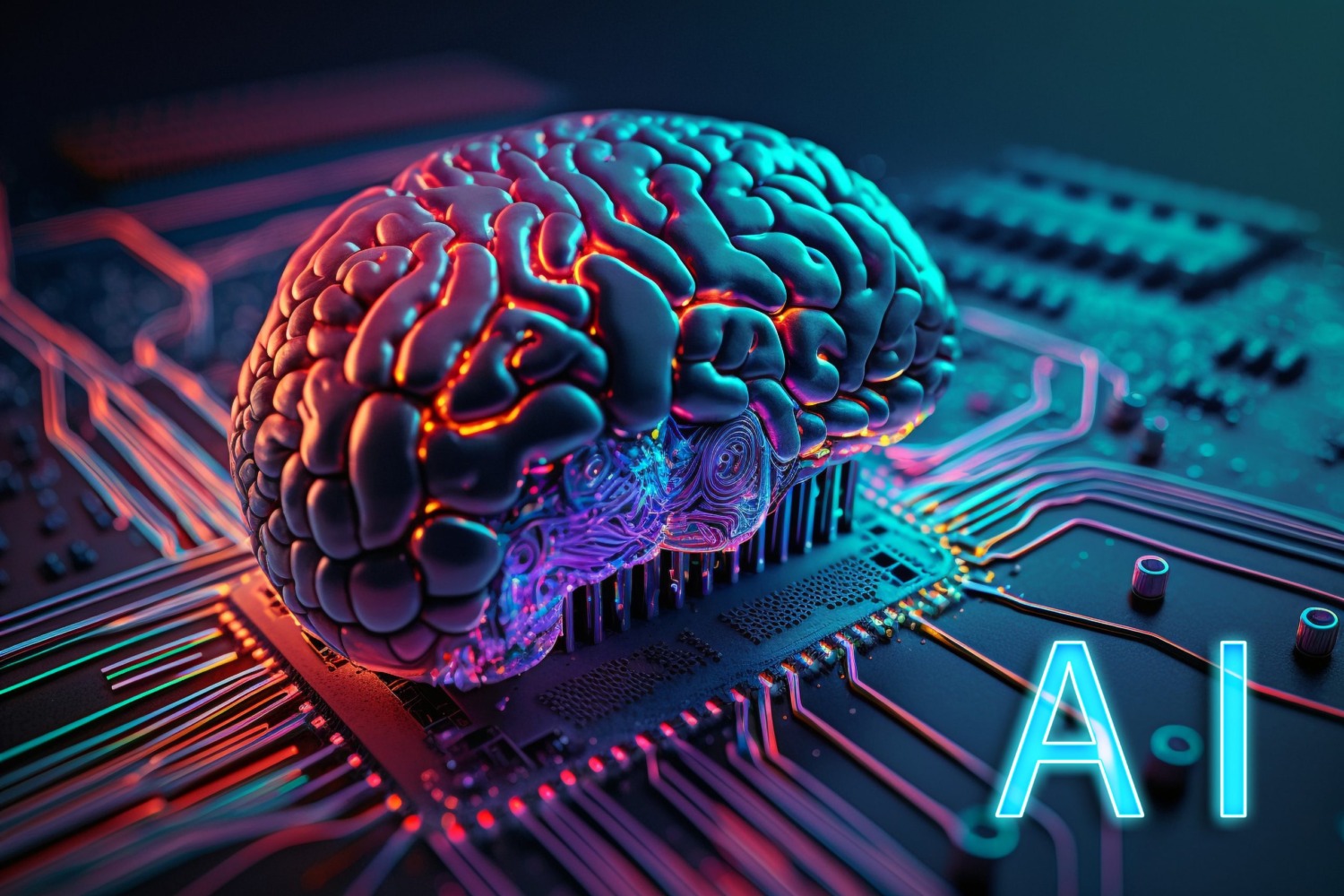As I sit down to compose this final blog post, I’m drawn to reflect on the transformative journey I’ve embarked on throughout this course on leadership. Looking back at my initial post where I outlined the top 5 characteristics of admired leaders, I find myself reaffirming the importance of these traits in my current role as a leader within a team of twenty individuals. These characteristics—supportive, fair-minded, dependable, cooperative, competent,—continue to serve as guiding principles as I navigate the complexities of leading in an ever-evolving digital landscape.
In my current role, I find myself at the forefront of change within my organization, particularly within the realm of digital learning. With the unexpected upheavals brought about by the shift to remote work and hybrid models, the need for effective leadership has never been more apparent. Leveraging the toolkit created with my team in this course, I recognize the importance of change recognition, framework selection, leadership approaches, transition preparation, and process evaluation in driving successful organizational change (Poole et al., 2024).
Within my IT team, tasked with supporting educational technology initiatives, I see personalized learning experiences emerging as a central focus (T & Udhaya, 2022). As digital tools proliferate, the ability to tailor instruction to meet individual student needs becomes increasingly feasible and imperative. As a leader, championing personalized learning initiatives involves leveraging technology to differentiate instruction, provide timely feedback, and accommodate diverse learning styles. By embracing these initiatives, we can ensure equitable access to quality learning experiences for all students.
Furthermore, I’ve come to understand that effective leadership in digital learning environments extends beyond technical expertise to encompass broader leadership qualities. Drawing from personal values, experiences, and insights gleaned from relevant literature, I’ve identified five essential attributes: supportiveness, fair-mindedness, dependability, cooperation, and competence. These qualities are crucial in fostering a supportive environment, promoting fairness and equity, building trust and cohesion, fostering collaboration, and driving meaningful change in education.
As highlighted in the readings, change is not quick nor straightforward; it requires careful planning, flexibility, and adaptability(Al-Haddad & Kotnour, 2015). Organizations must realize that change affects all aspects, including strategy, internal structure, processes, jobs, attitudes, and culture (Sheninger, 2022). By embracing the principles of digital leadership and drawing from diverse perspectives, leaders can navigate the complexities of the digital era with confidence and purpose.
In conclusion, I’m grateful for the insights gained from this course, which have deepened my understanding of leadership in digital learning environments. As I look towards the future, I envision myself continuing to lead change within my organization, championing personalized learning initiatives, and embodying the essential attributes of an effective leader. As Workman and Cleveland-Innes (2012, p. 319) state, “management affects outcomes for efforts, while leadership affects outcomes for people.” By embracing change, fostering collaboration, and prioritizing the needs of students and educators, I’m confident that we can navigate the complexities of the digital era and ensure a brighter future for education.
References
Al-Haddad, S., & Kotnour, T. (2015). Integrating the organizational change literature: A model for successful change. Journal of Organizational Change Management, 28(2), 234–262. https://doi.org/10.1108/JOCM-11-2013-0215
Knoloskape. (2013). Introduction to Project Management [YouTube Video]. In YouTube. https://www.youtube.com/watch?v=BOU1YP5NZVA
Poole, M., Arora, R., & Tand, T. (2024, March 10). Virtual Training Toolkit. MALAT. https://new.express.adobe.com/webpage/J4HSfsL80YGxe
Sheninger, E. (2022, August 31). 7 Pillars of Digital Leadership. Www.hmhco.com. https://www.hmhco.com/blog/pillars-of-digital-leadership-in-education
T, S., & Udhaya, Rekha. R. (2022). Virtual Training Impact On Corporate Learning – ProQuest. International Management Review, 18(1), 42–50, 119–119. https://www.proquest.com/scholarly-journals/virtual-training-impact-on-corporate-learning/docview/2894466510/se-2
Workman, T., & Cleveland-Innes, M. (2012). Leadership, personal transformation, and management. The International Review of Research in Open and Distributed Learning, 13(4), 313. https://doi.org/10.19173/irrodl.v13i4.1383


